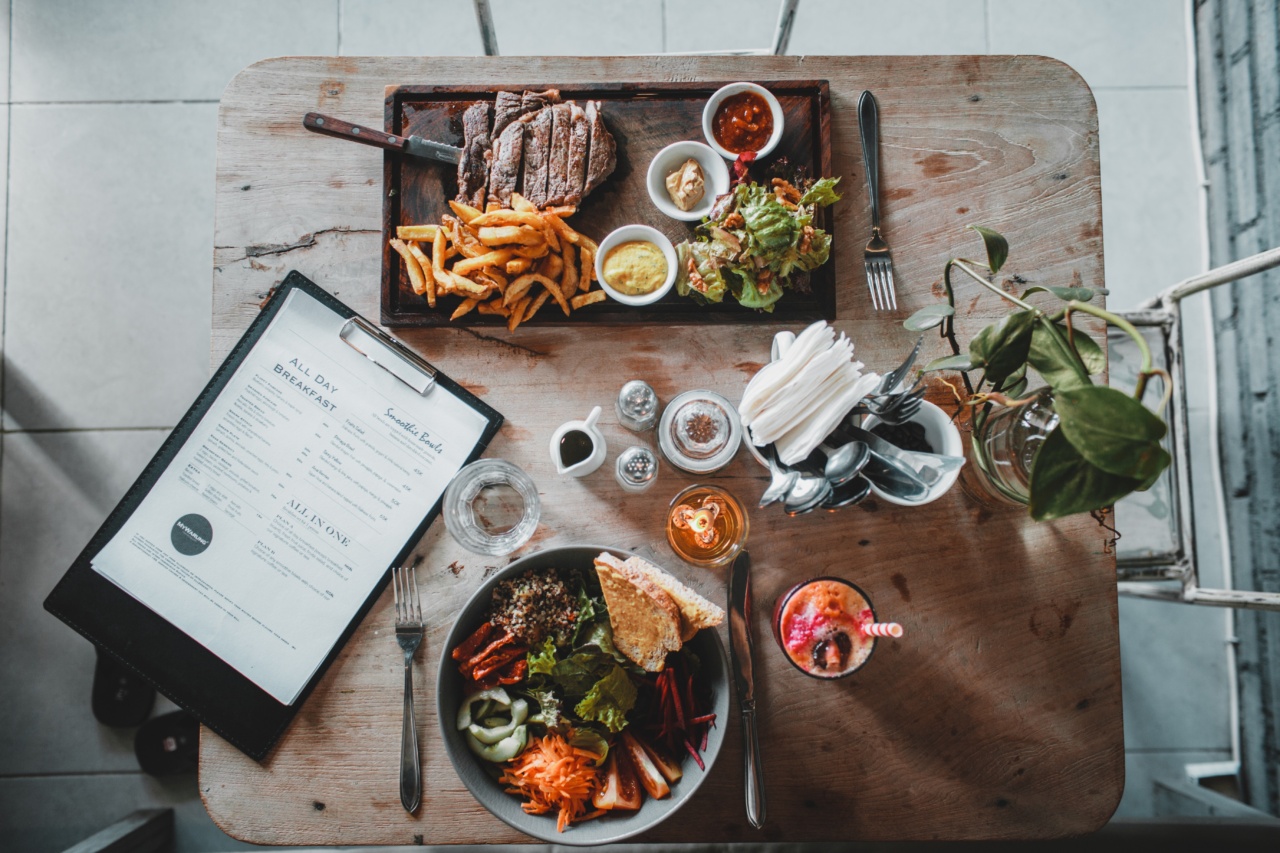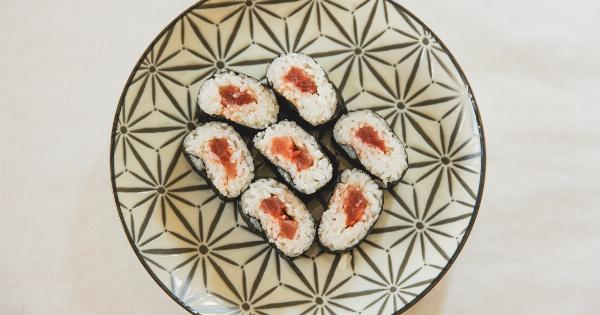Have you ever noticed that when dining in French or Japanese restaurants, the portions are often smaller compared to American restaurants? You may wonder why French and Japanese cultures are known to eat smaller portions than other cultures.
In this article, we’ll explore the mystery behind why the French and Japanese eat smaller portions.
French cuisine: quality over quantity
The French are known to have a deep appreciation for food. French cuisine is all about quality, where chefs focus on using the best quality ingredients to create delicious dishes.
Instead of piling their plates with food, the French value the art of eating slowly and savoring each bite. They believe that less is more and that smaller portions can satisfy their hunger just as much as large portions.
This belief is rooted in the French culinary tradition, where meal time is considered a leisurely activity, not a hurried one. Instead of eating on-the-go, French people take the time to sit down, enjoy their meal, and savor every bite.
In fact, the French have a saying, “A meal without wine is like a day without sunshine”. This highlights how important dining is in the French culture.
Another aspect of French cuisine that contributes to their preference for smaller portions is their dedication to a balanced diet. They often include a variety of foods in their meals, such as green vegetables, fruits, proteins, and carbohydrates.
This ensures a healthy and balanced diet, rather than indulging in large quantities of a single food group.
Japanese cuisine: the art of portion control
Just like the French, the Japanese value the art of eating slowly and savoring each bite. However, the Japanese take portion control to a whole new level.
Japanese cuisine is all about balancing flavors and textures, where chefs carefully prepare each dish with intricate attention to detail. The Japanese also have a keen focus on visual presentation, where the dish’s color, texture, and arrangement are all carefully considered.
In addition to taking pride in their food’s presentation, the Japanese also value the importance of portion control. They believe that smaller portions can satisfy their hunger just as much as large ones.
In Japanese cuisine, smaller portions are provided to encourage diners to eat slowly, appreciate each bite, and avoid overeating. This practice is inspired by the Japanese concept of “hara hachi bu”, which means to eat until you are 80% full. By practicing portion control, the Japanese can ensure that they are consuming the exact amount of food their body needs.
Another reason for smaller portions in Japanese cuisine is their attention to dining etiquette.
It’s considered rude to leave any food on the plate, so portion sizes are reduced to ensure that diners can finish their meal without feeling overwhelmed or uncomfortable. This practice also aligns with the traditional Japanese value of minimizing waste, so people take only what they need, and finish everything on their plate.
The benefits of smaller portions
There are several benefits to eating smaller portions. One of the most significant benefits is maintaining a healthy weight and reducing the risk of obesity-related diseases.
By consuming the right amount of food for our body, we can keep our weight in check, avoid overeating, and control our cravings.
Smaller portions also allow us to enjoy food without feeling guilty. When we eat large portions, we get full quickly, and we often end up feeling bloated, uncomfortable, and guilty about our choices.
By reducing portion sizes, we can enjoy our meal without feeling guilty or uncomfortable.
Additionally, smaller portions can also help us appreciate food more. When we eat slowly, we give our taste buds time to savor and explore every flavor in a dish.
This helps us gain a deeper appreciation for food and allows us to be more mindful while eating.
The bottom line
Smaller portions in French and Japanese cuisine are not just a coincidence; they’re part of their culinary tradition.
The French and Japanese view mealtime as a leisurely activity, where people can take the time to savor each bite, enjoy food slowly, and appreciate the flavors in each dish. While there may be cultural differences between these two cuisines, they both place great emphasis on the importance of quality, balanced meals and the benefits of portion control.
So, next time you find yourself dining at a French or Japanese restaurant, take the time to enjoy each bite and appreciate the flavors.






























